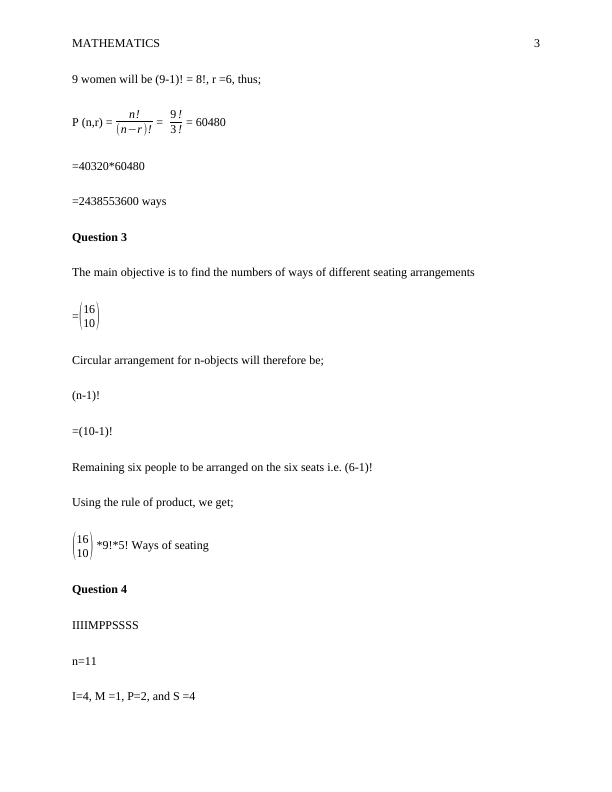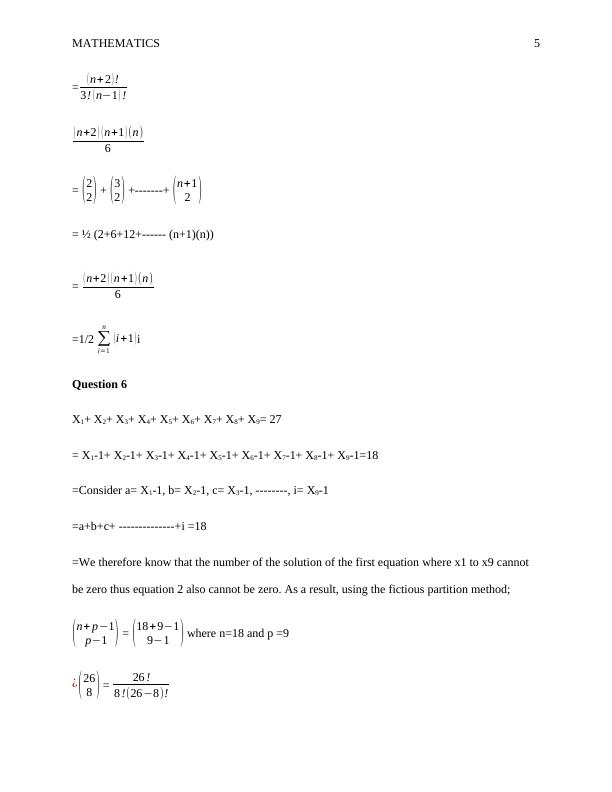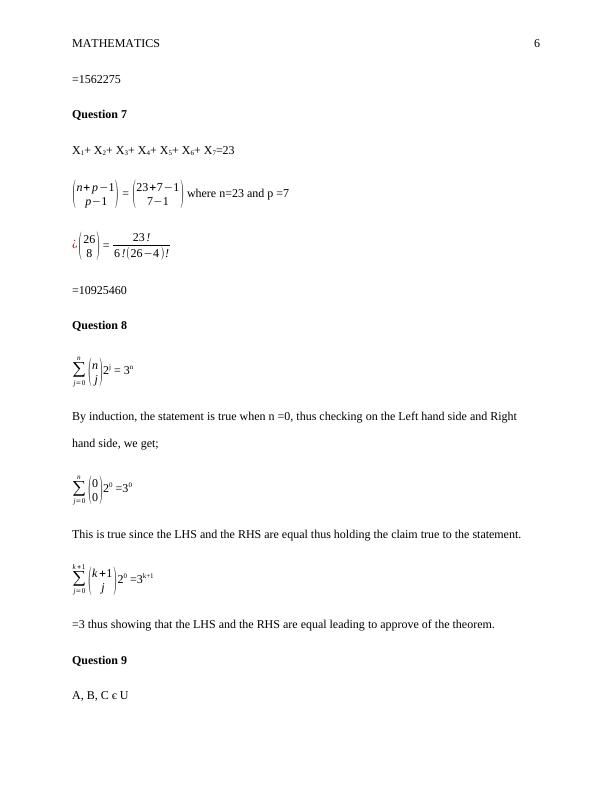Formula of Circular Arrangement
Added on 2022-08-24
24 Pages3276 Words42 Views
End of preview
Want to access all the pages? Upload your documents or become a member.
Mathematical Programming Techniques Assignment and Simulation Modelling Assignment
|12
|2142
|389
Affine Cipher and LFSR
|6
|865
|471
Solved Assignments and Solutions for Further Mathematics
|13
|1918
|63
Cox Proportional Hazards Model for Survival Analysis
|6
|876
|350
Linear Programming Model for Waste Disposal by B&R Oil and Gas Company
|6
|1200
|53
Understanding Stream Cipher: Initialization Vector, Feedback Coefficients, and LFSR Implementation
|5
|1329
|72






